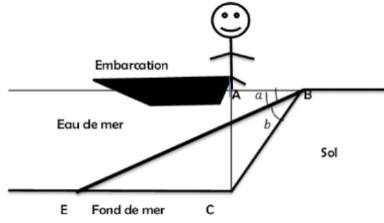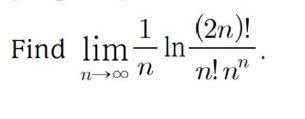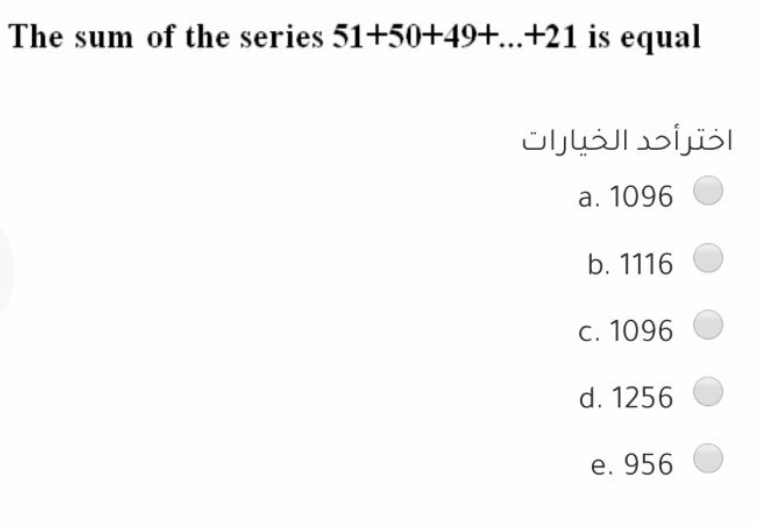
AllQuestion and Answers: Page 1128
Question Number 104799 Answers: 0 Comments: 1

Question Number 104796 Answers: 1 Comments: 2
Question Number 104789 Answers: 0 Comments: 1
Question Number 104783 Answers: 2 Comments: 0
Question Number 104782 Answers: 1 Comments: 0

Question Number 104780 Answers: 1 Comments: 2

Question Number 104777 Answers: 3 Comments: 0

Question Number 104775 Answers: 0 Comments: 0
Question Number 104773 Answers: 1 Comments: 0
Question Number 104772 Answers: 2 Comments: 0
Question Number 104771 Answers: 1 Comments: 0
Question Number 104769 Answers: 1 Comments: 1

Question Number 104768 Answers: 1 Comments: 0
Question Number 104774 Answers: 1 Comments: 0
Question Number 104761 Answers: 0 Comments: 1
Question Number 104760 Answers: 1 Comments: 0

Question Number 104759 Answers: 1 Comments: 0

Question Number 104758 Answers: 0 Comments: 0

Question Number 104752 Answers: 1 Comments: 1

Question Number 104751 Answers: 1 Comments: 0

Question Number 104746 Answers: 2 Comments: 0
Question Number 104744 Answers: 0 Comments: 0
Question Number 104735 Answers: 1 Comments: 2

Question Number 104732 Answers: 0 Comments: 0
Question Number 104811 Answers: 2 Comments: 0
Question Number 104727 Answers: 4 Comments: 1
Pg 1123 Pg 1124 Pg 1125 Pg 1126 Pg 1127 Pg 1128 Pg 1129 Pg 1130 Pg 1131 Pg 1132
